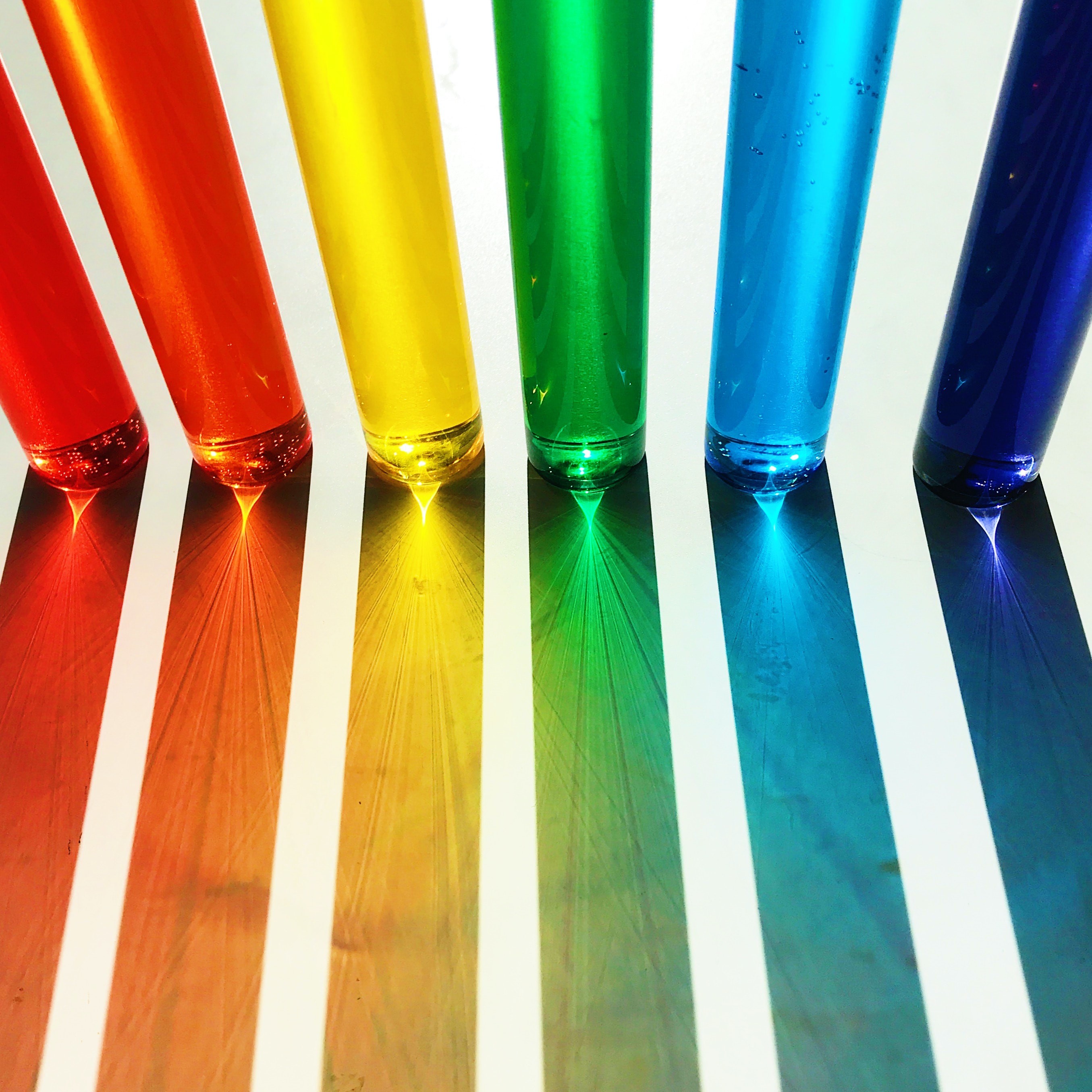There’s ink and there’s paper. Put the two together and bam, that’s printing! But there are so many other options to consider. Get ready for the 411 on coating you never knew you wanted! And we won’t sugar coat it!
In addition to CMYK and Pantone inks, there’s an array of coatings, and techniques we can use, to enhance your printed pieces. Today we’ll break them all down for you!
Flood Aqueous
- Applied in a flood coating
- Runs inline on press
- Does not require a separate printing plate
- Comes in multiple finishes: gloss, satin, matte and soft touch
- Gloss provides a subtle shine
- Satin/matte provide a dull finish
- Soft touch feels like a suede finish
- Helps for faster drying by sealing the sheet
- Primarily used to protect from scuffing
- Highly recommended when printing on a dull/matte coated stock, especially with blue inks
Varnish, Flood or Spot
- Requires a separate printing plate
- Comes in gloss and dull finishes
- Can be tinted with ink
- Can be applied as Wet Trap, Dry Trap or Strike Through
- Wet Trap Varnish
- Varnish is applied inline with the other printing inks
- Requires an additional available unit on press
- Dry Trap Varnish
- Varnish is applied in a second pass on press
- The benefit of Dry Trap is it gives more pop on the sheet
- Strike Through Varnish
- Spot dull varnish is applied to the areas of the sheet you don’t want to stand out, followed by a flood gloss aqueous on top. As the varnish cures, it strikes through the aqueous, dulling down the areas where it’s applied and allowing the AQ to have a glossier appearance where desired.
- Should be used with gloss stock.
- The effect is very subtle
- Wet Trap Varnish
UV, Flood or Spot
- Comes in gloss, matte or soft touch finishes
- Gloss UV has a very high shine
- Can be done inline on a UV press, or offline as a separate process
- Can also be raised or textured
- Raised UV
- UV coating that has dimension to it
- It requires a wider mesh screen when applied, and therefore should not be used on fine details such as small type or fine line graphics
- Grit/Textured UV
- UV coating that has texture like is sandpaper, wood, fabric, etc.
- Raised UV
To Coat or Not to Coat?
Coatings are best used on gloss or dull coated stocks, as they will sit on top of the sheet, rather than uncoated where they soak in and thus lose much of their effect.
Often times coatings are not receptive to pen or pencil, or to the inks used by mailing equipment for addressing. Our aqueous is pen receptive, and we can also inkjet on it as well.

